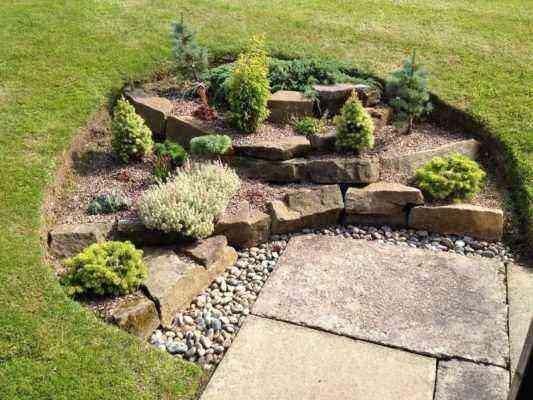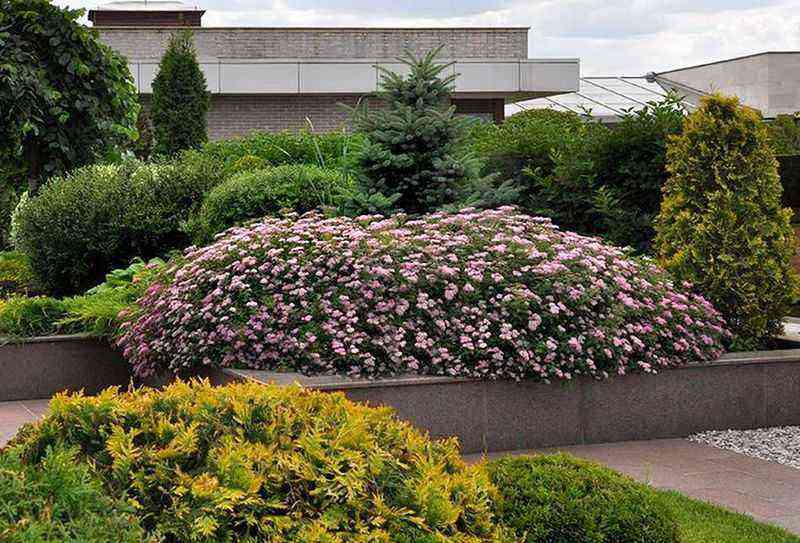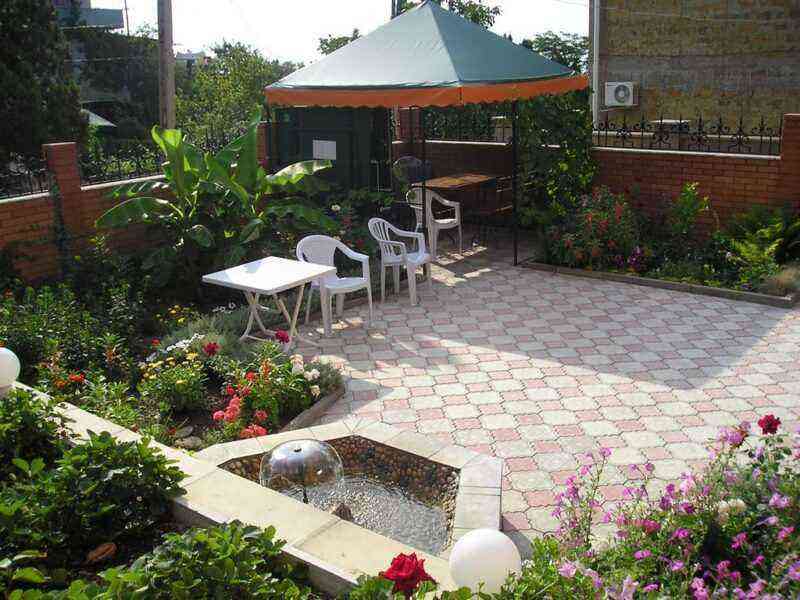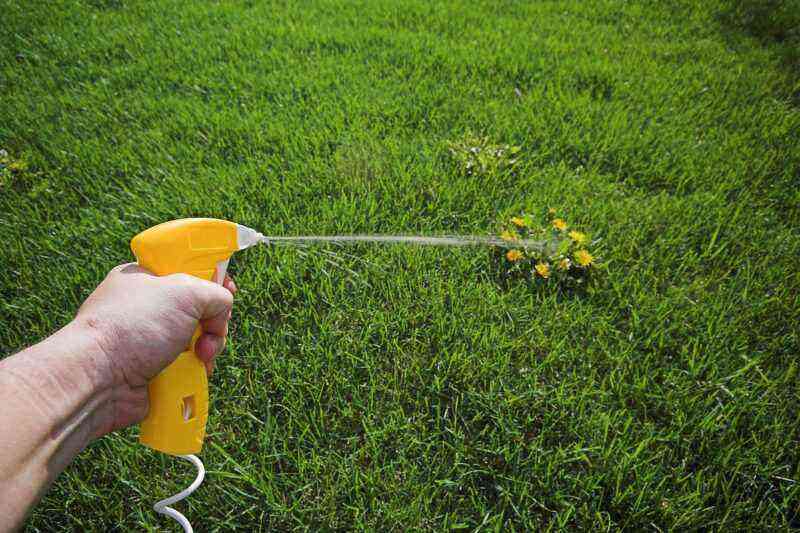In almost every summer cottage, you can see a lawn lawn. It serves both as a family vacation spot and as part of the composition of the general landscape. When the lawn is still being planned, then in dreams they see dense, even grass, which covers the ground in an even layer and creates the feeling of a green carpet. In fact, it turns out differently. For inexperienced gardeners, the lawn can shine with bald spots, weeds, there is no grass at all around the edges, etc. Most often, unsuccessful sowing is to blame for this. The grass could be sown at the wrong time, in an uneven layer, without preliminary preparation of the land, etc. Let us figure out what mistakes summer residents make most often at the sowing stage and how to properly plant lawn grass so that it takes root and forms a good sod.
The most frequently asked question among summer residents: how thickly to sow grass for the lawn and in what way it is better to do it. Let’s start with the crop density.
The first criterion for a healthy lawn is the right mix of herbs. Today, both domestic and imported lawn mixtures are sold, and often the high price does not guarantee excellent germination at all. The grass should be appropriate for the climate in your area. We wrote about this in more detail in the article “Grass for planting a lawn”, so we will omit this question here.
Each package lists the recommended seed consumption per square meter, but in this case, you must also take into account the season during which you create your lawn. For example, during autumn sowing, the manufacturer’s recommendations are followed. But in the spring and summer, at least half is added to the norm, increasing the consumption of seeds. During spring floods and melting snow, some of the seeds will go deep into the ground or wash off with water and not germinate. In summer, more seeds are given based on the heat, which has a detrimental effect on young shoots and is able to mow up to half of the shoots, if you do not take some measures (more on this later).
The location of the lawn also affects the degree of planting density. On slides, specially made irregularities or lawns that go on a slope, it is worth adding a little more seeds than the package recommends. In the upper points of the future lawn, the seeds will be washed out along with the water to lower places in case of heavy rain, if it falls during sowing.
Now let’s figure out how to properly sow lawn grass. If with the norm per sq.m. you have made up your mind, the second step is to scatter the grass evenly so that you don’t get too dense seedlings in one place, and “bald spots” in the second.
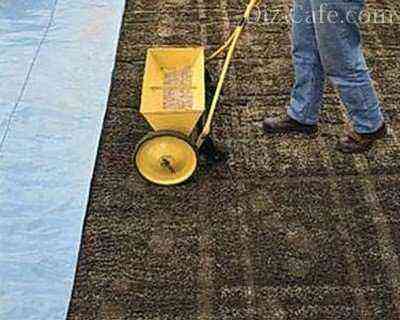
When sowing a lawn, places near the edge of the lawn, flower beds or paths are sifted thicker than everyone else. If this is done with a seeder, then pass 2 times
The easiest way to do this is with a seeder, which will spread the mixture over the grass with perfect evenness. But if neither you nor your friends have such a device, then it is not worth buying it for the sake of one lawn. Can be scattered evenly by hand. For this, the seeds are diluted with fine sand 1: 1, i.e. if the consumption of grass per meter is 50 grams, then 50 grams must be added to it. sand.
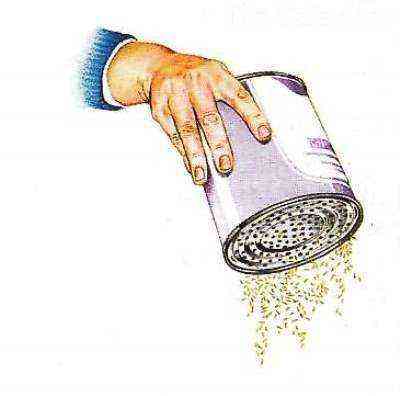
Some summer residents create homemade seeders from metal or plastic cans, piercing the bottom with a hot nail and creating many holes.
If the lawn is large in area, then prepare a sand-seed mixture for the entire lawn at once. They sow bread, like in the old days: first along the prepared field, then across. After that, the soil is carefully loosened with a rake to hide the grass under a layer of earth, and rolled with a heavy roller. If there is no skating rink, put on your skis and walk in them across the entire lawn, trampling meter by meter. You, of course, will surprise passers-by with your unusual appearance in shorts and skis, but the lawn will be tamped down properly.
If you are not sowing a lawn on a large area, but are making out a narrow strip, then you can take a wide board for tamping, put it flat on the soil and trample on it. Then transfer to the next part of the lawn. Etc.

If you only have a heavy metal rake in your arsenal, then it is better to stir the soil first, and then sow lawn grass seeds into it.
The sown seeds are raked with a fan rake, which is used to collect the cut grass. If you do not have such, then wide metal or plastic models can rake seeds too deep or pull in one pile. And your shoots will be uneven. In the absence of a fan rake, they sow a little differently: first, they loosen the soil with a rake, then scatter the grass and immediately roll it in. The roller will press the seed down to the desired depth by itself and maintain an even sowing.
Any summer resident knows that friendly and quick shoots are obtained only when the soil is moist and there is no heat. Therefore, before planting grass in the country in the prepared land, look at the weather forecast for the week. If forecasters predict +25 and above, leave the seeds alone. They will germinate badly anyway. Wait for the weather to turn rainy. Water and the degree of the earth lowers and accelerates the swelling of seeds. In spring and autumn, you won’t have to wait long for such weather, but in summer, the wait can last for a month or a month and a half.
For those who cannot wait, we advise you to carry out summer sowing as follows:
- Wait for the evening time (after 19.00.).
- Sprinkle all the soil with a sprinkler method to wet it to a depth of at least 40 cm.
- Wait 1,5-2 hours until water is absorbed.
- Scatter seeds.
- Loosen the soil with a fan rake.
- Roll or tamp with a board.
- Mulch with peat, humus (layer – half a centimeter).
- Leave it overnight. Shed again in the morning.
If the area of the future lawn is small, you can spread non-woven material instead of mulch and press it from the edges with boards, bricks or stones. There will be no heat under the white spunbond, since part of the sun’s rays will be beaten back by the light color of the fabric. Covering will save the seeds from drying out and maintain the air regime. Daily watering of the lawn is carried out directly over the covering material, which will freely let moisture inside. They remove the shelter when the grass grows 2-3 cm, or when the hot weather changes to normal.
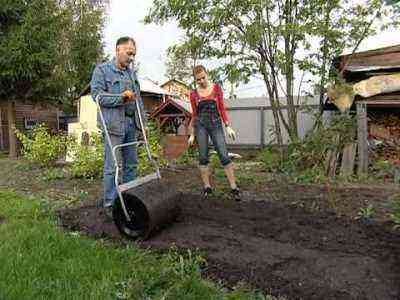
The soil is rolled with a roller before mulching, and not after, so that the peat layer does not press on the grass, but only covers it from the hot sun
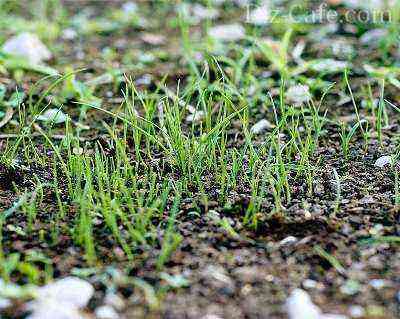
If you sow grass for the winter, on slightly frozen soil, then by the spring the seeds will undergo stratification and will sprout very early
To achieve good germination, consider the following nuances:
- Until the moment of sowing, the site should stand for at least 2 weeks for the soil to settle.
- In early spring, the grass emerges about 20 days, in summer – in 7-8, in autumn – about 10 days.
- The closer the lawn is made to autumn, the less weeds will sprout along with the grass.
- If the land on the site is good, do not dig the site deep. It is enough to turn the top layer over and clean it of weeds. This will make it easier for you to achieve a flat surface, because the soil will not shrink.
- If you divide the area for the lawn into squares, and sow each part separately with the rate of seeds, then it will be easier to achieve the same density.
- The first week watering is done manually, with a garden watering can with a spray. The hose hits the ground too hard, causing a crust to form in dry weather. And if you put it on automatic sprinkling, then it is more difficult to control whether the soil is evenly wetted.
- Always buy seeds with a good supply, because if germination is poor, you will have to sow empty places, and if there is no grass left, then it is not always possible to buy exactly such a mixture. As a result, your lawn will differ in shades of color.
- Don’t overdo it with fertilizers. If it is above 30 ° outside, then you should not fertilize, otherwise the roots will burn.
The British believe that even with the most careful sowing and maintenance, the grass will create a perfect uniform coverage only after 5 years. So do not be discouraged if your lawn does not live up to expectations in the first year. Any plant needs a sufficient period of time to come into effect. And a person can only speed up this process with good care, timely watering and feeding.













